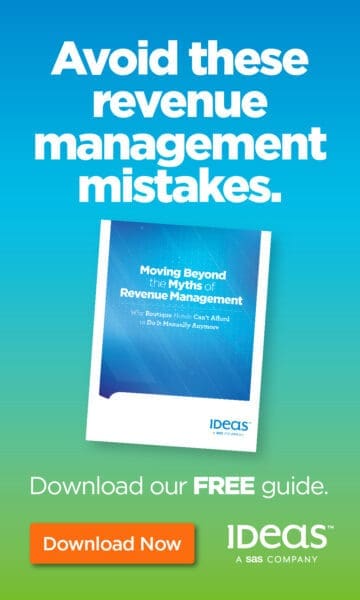STR and Tourism Economics upgraded the 2023 U.S. hotel forecast just presented at the 45th Annual NYU International Hospitality Industry Investment Conference. While top-line performance advances, growing operating expenses are projected to limit profit growth over the remainder of the year. The occupancy projection for this year was lowered 0.2% from the previous forecast, but projections for average daily rate (ADR) and revenue per available room (RevPAR) were lifted 1.5% and 1.3%, respectively. For 2024, a 1.4% downgrade in occupancy coupled with a 0.7% lift in ADR meant a RevPAR downgrade of 0.6%. RevPAR, the key top-line performance metric, was fully recovered in 2022 on a nominal basis but will not achieve that status when adjusted for inflation (real) until 2025. Gross operating profit per available room (GOPPAR) was also recovered in 2022 with limited growth forecasted for 2023 and more sizable gains projected in 2024. The GOPPAR projection for this year was lowered 2.7% from the previous forecast and downgraded 4.0% for 2024. “Despite the upgrade, economic uncertainty underlines our forecast for the remainder of this year and into 2024,” said Amanda Hite, STR president. “We have always forecasted with a mild recession in mind, but we’re now looking a later timeline and the added concerns around the banking system. Regardless through the first four months of the year, hotel demand improved 4.3% with most of the gain concentrated in the upper upscale and upscale chains. These two chains, which are the segments most associated with business travel and groups, are expected to lead industry demand growth for the remainder of 2023. With everything considered, the industry has plenty of reasons to remain optimistic about top-line performance. At the same time, growing operating expenses, especially labor, continue to pressure the bottom line. Profit margins, while strong, are projected to be lower this year than last. “Recent stress in the banking system and tighter lending standards will add to inflation pressures and produce a relatively mild recession in the second half of 2023,” said Aran Ryan, director of industry studies at Tourism Economics. “A halting economy will limit gains in lodging demand, though we continue to anticipate returning group and business activity, international travel, and consumers’ desire for travel will sustain modest growth in room nights sold.”
Industry Investment Conference. While top-line performance advances, growing operating expenses are projected to limit profit growth over the remainder of the year. The occupancy projection for this year was lowered 0.2% from the previous forecast, but projections for average daily rate (ADR) and revenue per available room (RevPAR) were lifted 1.5% and 1.3%, respectively. For 2024, a 1.4% downgrade in occupancy coupled with a 0.7% lift in ADR meant a RevPAR downgrade of 0.6%. RevPAR, the key top-line performance metric, was fully recovered in 2022 on a nominal basis but will not achieve that status when adjusted for inflation (real) until 2025. Gross operating profit per available room (GOPPAR) was also recovered in 2022 with limited growth forecasted for 2023 and more sizable gains projected in 2024. The GOPPAR projection for this year was lowered 2.7% from the previous forecast and downgraded 4.0% for 2024. “Despite the upgrade, economic uncertainty underlines our forecast for the remainder of this year and into 2024,” said Amanda Hite, STR president. “We have always forecasted with a mild recession in mind, but we’re now looking a later timeline and the added concerns around the banking system. Regardless through the first four months of the year, hotel demand improved 4.3% with most of the gain concentrated in the upper upscale and upscale chains. These two chains, which are the segments most associated with business travel and groups, are expected to lead industry demand growth for the remainder of 2023. With everything considered, the industry has plenty of reasons to remain optimistic about top-line performance. At the same time, growing operating expenses, especially labor, continue to pressure the bottom line. Profit margins, while strong, are projected to be lower this year than last. “Recent stress in the banking system and tighter lending standards will add to inflation pressures and produce a relatively mild recession in the second half of 2023,” said Aran Ryan, director of industry studies at Tourism Economics. “A halting economy will limit gains in lodging demand, though we continue to anticipate returning group and business activity, international travel, and consumers’ desire for travel will sustain modest growth in room nights sold.”






























